Headphone History
Hello, Khabravchans! Good to see you all again.
Today I want to talk about headphones. But not about the technical component, and not about who exactly and when they made them look like modern ones, but about how and why, in general, each of us now uses at least one headphone. I selected several milestones in the history associated with certain brands, which, in my opinion, had a special effect on our use of these devices.
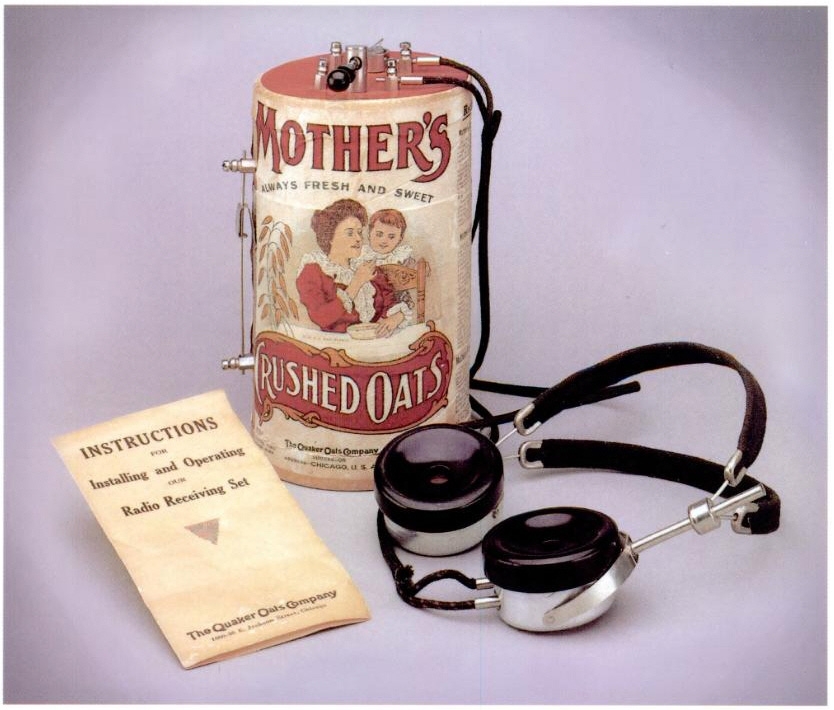
At the end of the century before last, there was such a service in Britain - listening to concerts and church chants by subscribing at home. The company installed a special device with four headphones for the client, which had to be held by the handle. The service cost 5 pounds a year, but for an extra pound you could add another earpiece. This system is more like a phone.
The service lasted from 1895 to 1926. By 1908, 600 subscribers were served, and broadcasts were from 30 theaters and churches.
It looked like a stand.
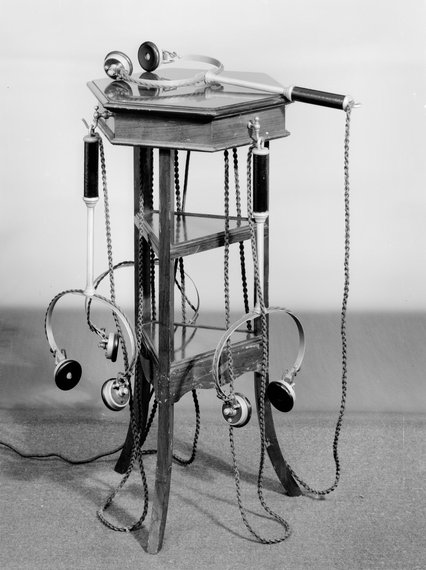
People enjoy listening to music.

Employees of the company, meanwhile, are working at such a remote control, switching users to the desired channels.
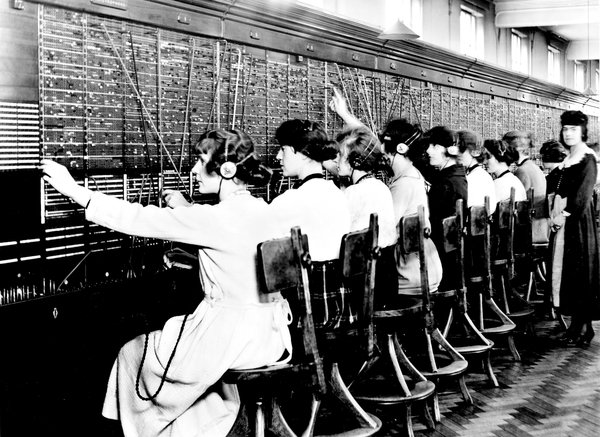
Microphones were installed in concert halls. In churches, they disguised themselves as bibles.

Service advertisement.

In 1910, Nathaniel Baldwin offered the United States Air Force his headphones. He had to wait a long time for an answer and even remind himself to be paid attention to - that is, to write to the armed forces again. For some reason, they did not like the idea of these headphones until they listened to them ... After that, Baldwin received an order from the Air Force and began to collect ears in the kitchen.
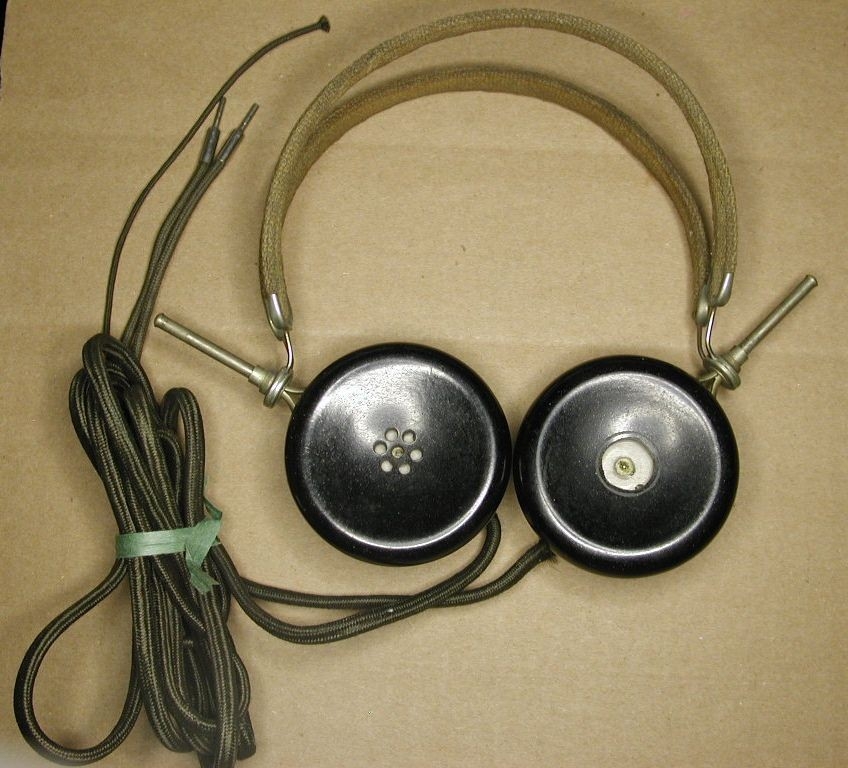
All kinds of phones in the form of hamburgers and players in the form of cans of Coca-Cola appeared, it seems, not so long ago. But no, back in the twenties of the last century there was such a radio with headphones, which was given to the biggest lovers of oatmeal. Yummy.
In general, hams at the beginning of the 20th century had detector receivers and headphones at home. They collected the receivers on their own.

So from the beginning of the last century, “ears” were no longer something supernatural even for ordinary inhabitants.
In 1937, Beyerdynamic launched the DT-48 Dynamic Headphones on the market. Today, this type of headphone is the most popular due to its availability. Most of the headphones on the market today belong to this type.
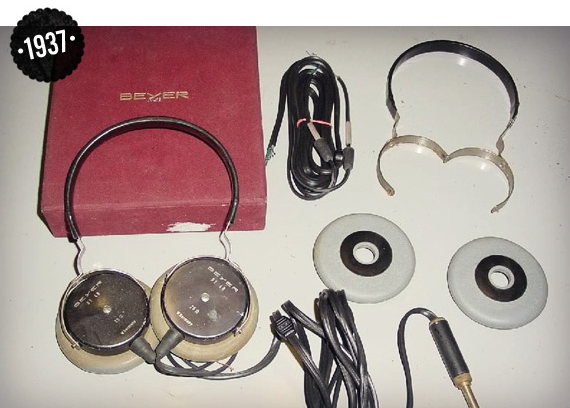
The company itself has existed since 1924 and is still engaged in the production of microphones and headphones.
It is worth saying that during a tour of Germany in 1966, the Beatles used exclusively Beyerdynamic E 1000 microphones.
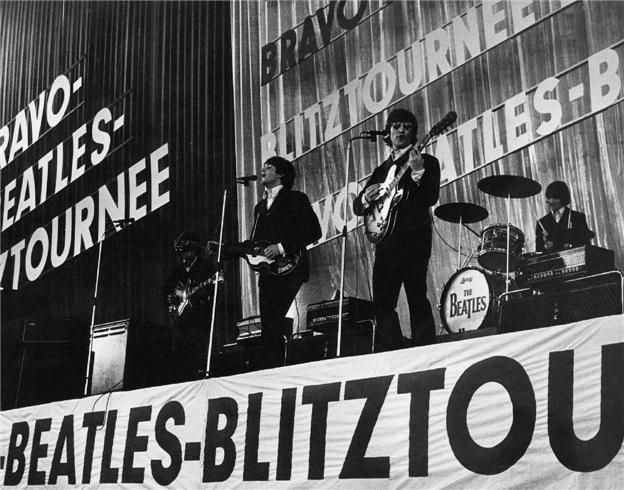
In 1949, AKG launched its first K120 headphones. This company is one of the most prominent players in the professional musical equipment market. She began with five workers who manually assembled microphones for radio stations and jazz clubs.
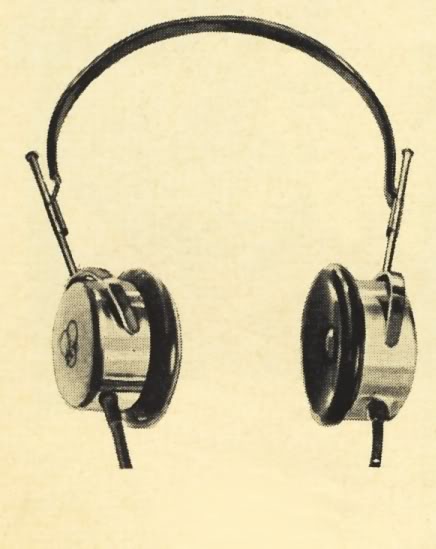
However, for a long time, headphones were mainly used by telephone operators, airport operators, pilots and tankers. Well, kids and hams, as I said above. More massive this device has made the company Koss. Yes, and then by accident.
The spouses decided to invest 200 dollars for the wedding in the business, and in 1953 they began to rent televisions to patients in the hospital. The company was called JC Koss Hospital Television Rental Company. A little later, the company introduced a portable turntable. The kit included headphones that were used by pilots during World War II.
In 1958, it was all the headphones that interested everyone in the exhibition. And John Koss began to establish the production of this device.
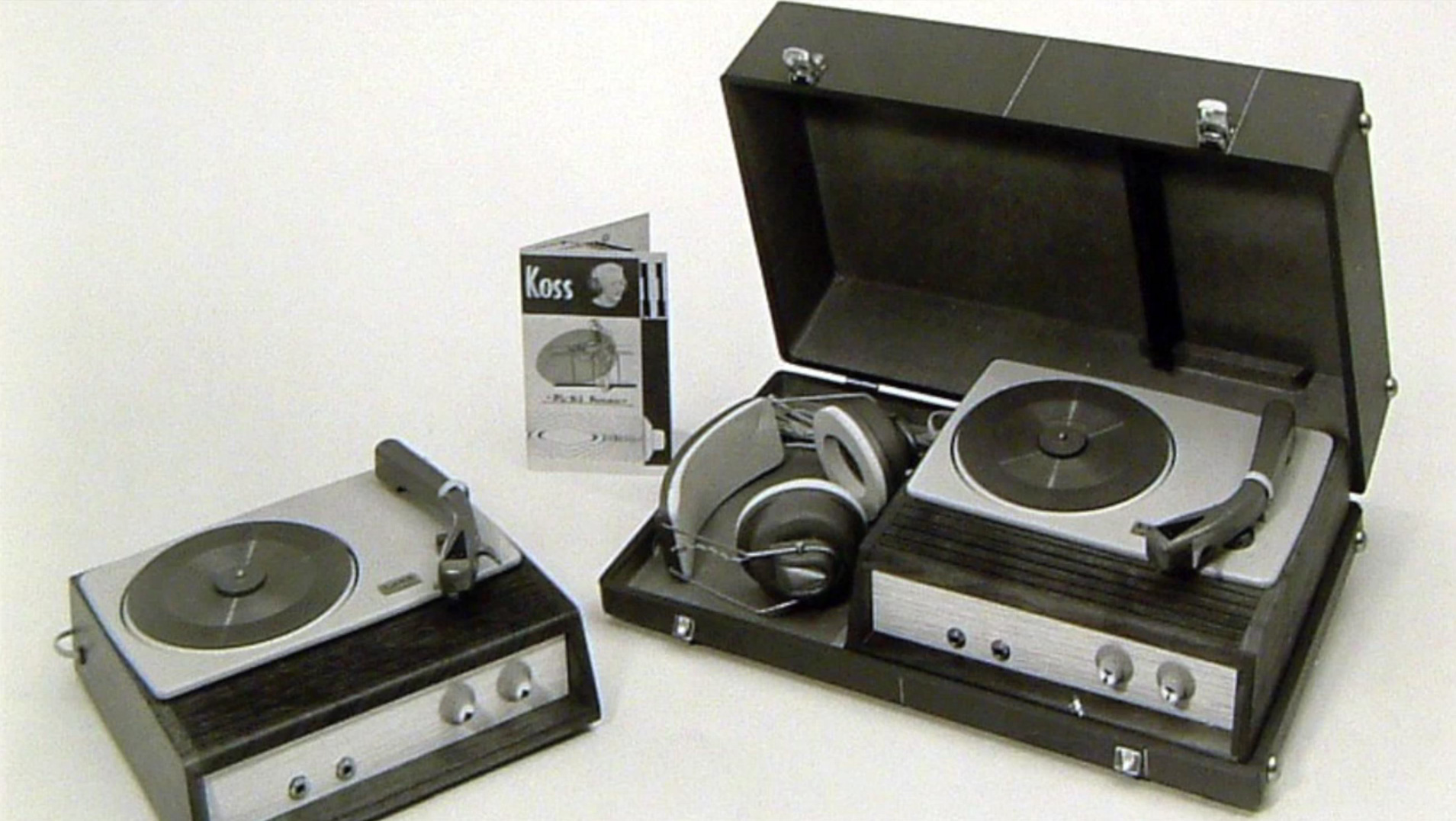
The first model released under the KOSS brand is the SP-3.
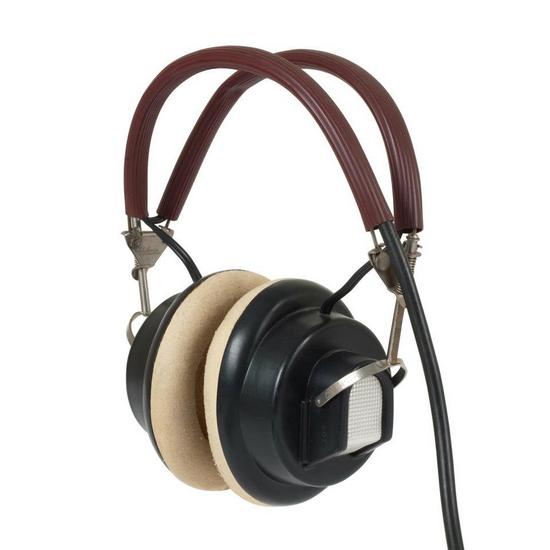
In the 1960s, Koss became the undisputed leader in the headphone market. In addition, the company has become one of the leading suppliers of headphones for the US military - a circle has closed.
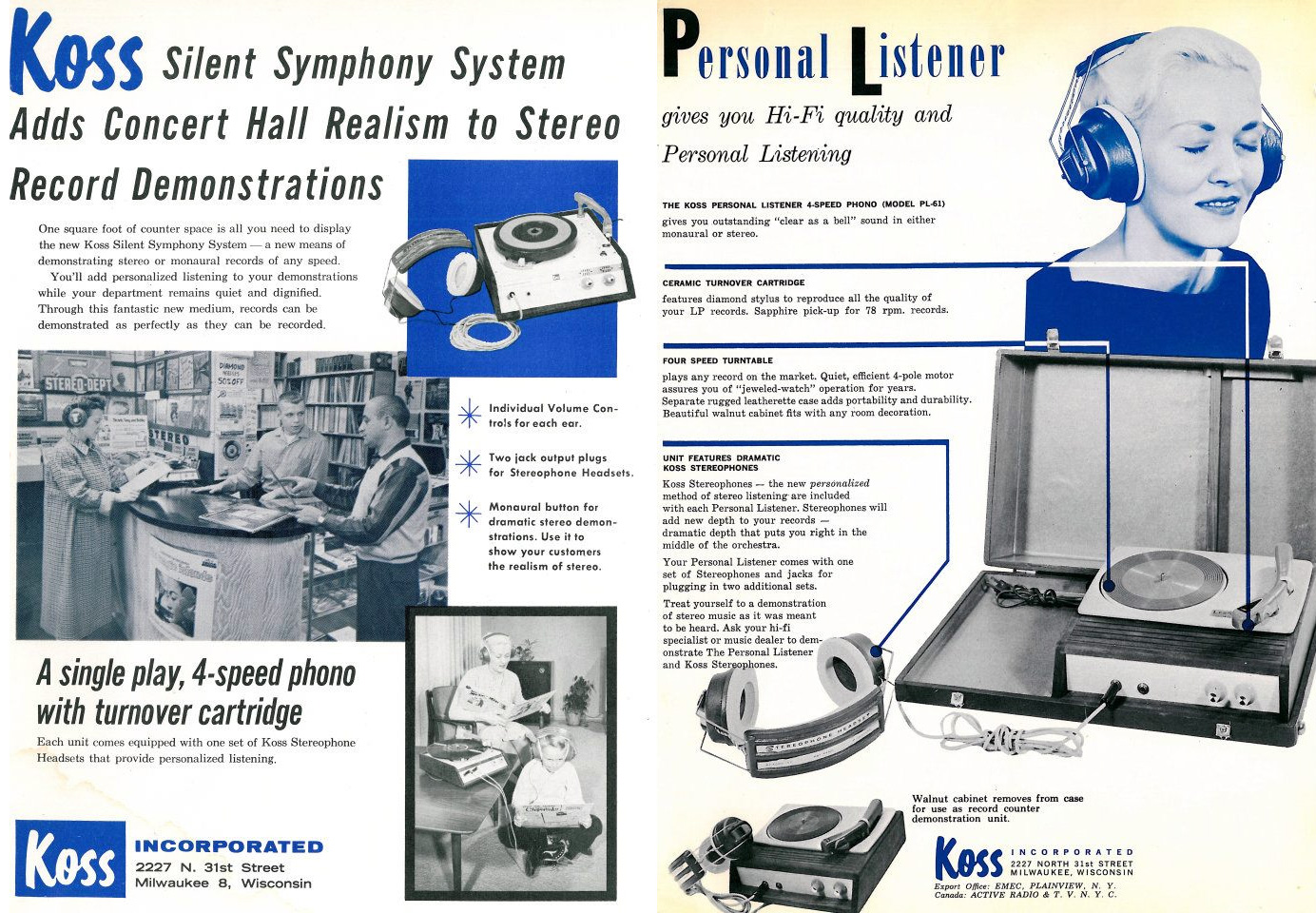
Beatlephones have become the dream of Beatles fans.

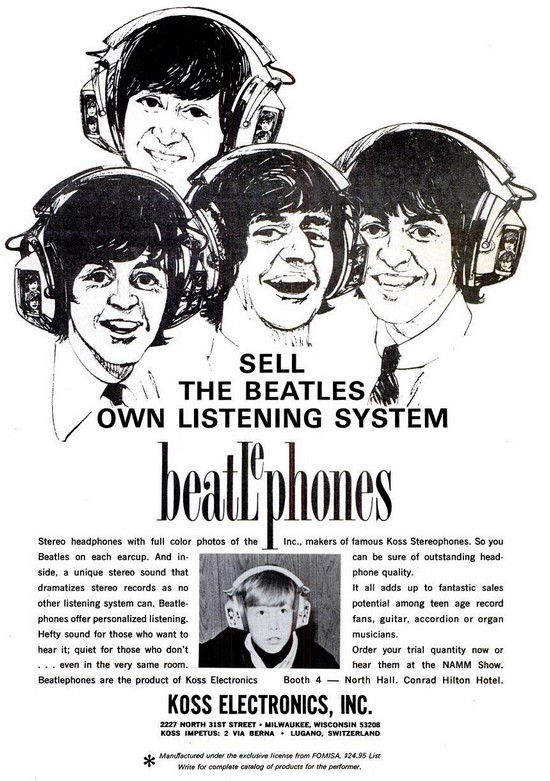
Porta Pro headphones appeared in stores in 1983. Surprisingly, they are still sold and popular.

Also in the eighties were released wireless headphones that work in the infrared spectrum.

Now the "crown" of the company's development is the KOSS ESP-950 model. Their range is from 8 to 35000 Hz. These are electrostatic headphones, and this type gives the least distortion of all types of sound emitters.

Before Koss, Sennheiser, and other music industry giants began producing electrostatic headphones, Stax took up this. The electrostatic loudspeaker has undeniable advantages over other emitters: it is the simplicity of design and sound quality. This type gives the least distortion, as I mentioned above.
Stax SR-1 electrostatic headphones presented at an exhibition in Tokyo in 1959. The company calls them earspeakers, that is, "loudspeakers for the ears."
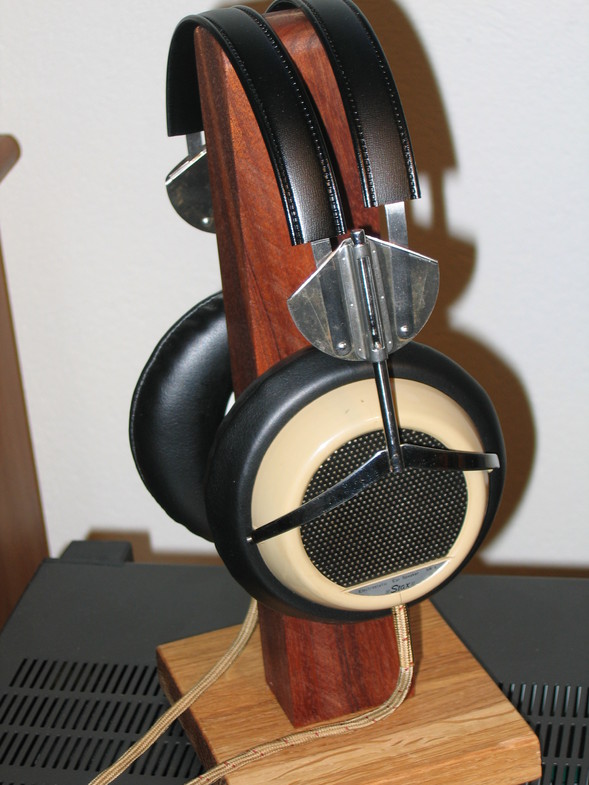
How does an electrostatic emitter work?

The device of this type of emitters.

Sennheiser warm tube electrostatic ear loudspeakers.
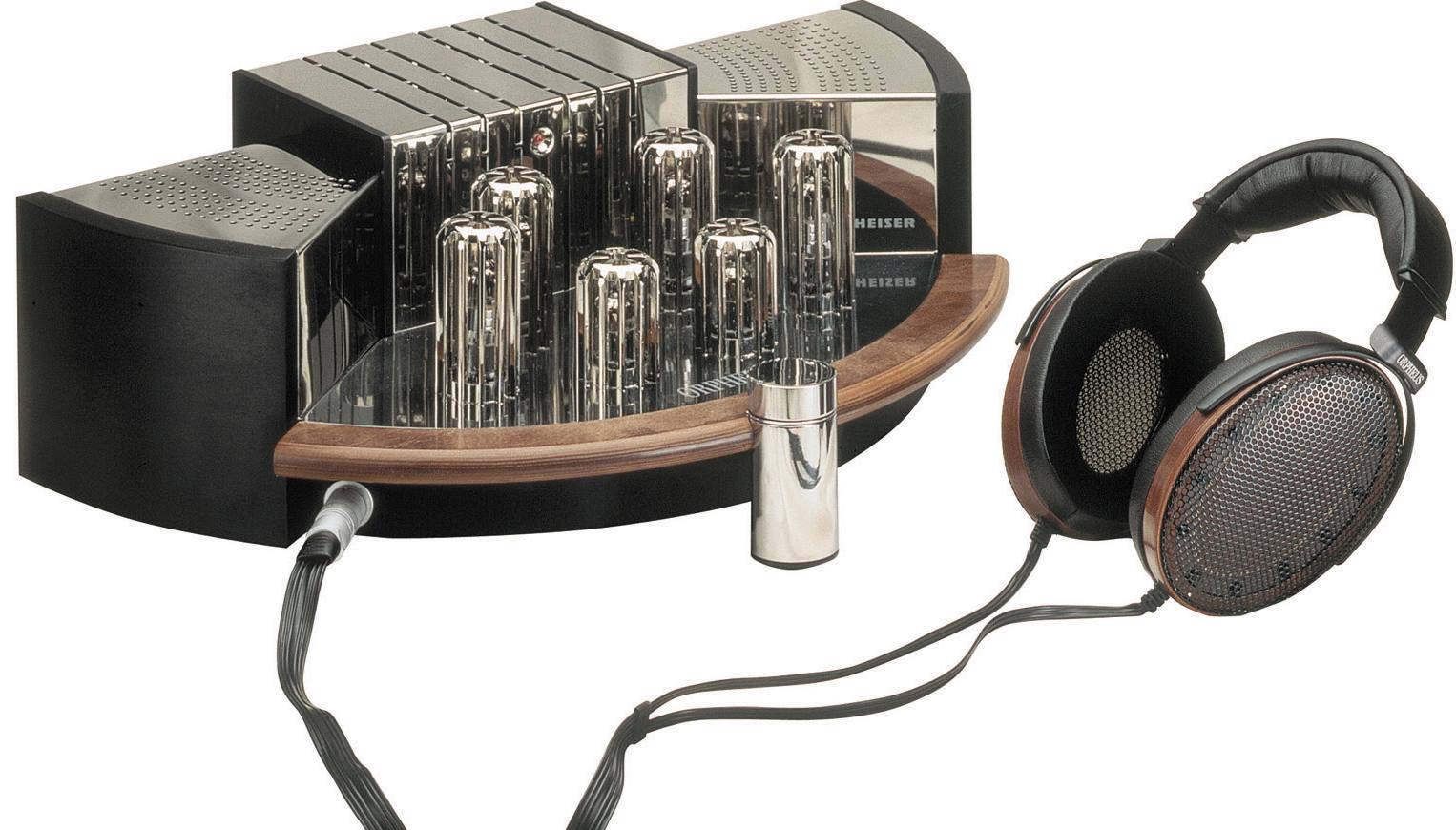
Audio-Technica was founded by a 42-year-old Japanese in 1962. The history of the company began with the production of phonograph pickups. The first two models, AT-1 and AT-3, began selling to manufacturers of audio equipment in Japan. A year later, the company moved a large room in the bol and increased production, starting sales of the AT-5, and in 1969 entered the world market with its pickups.
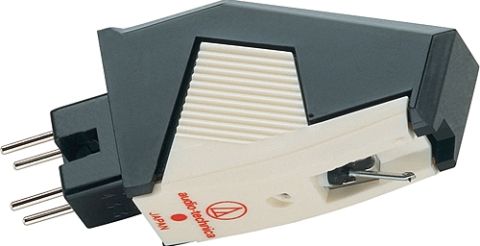
And in 1974, the company released the first series of dynamic head phones AT-700. Four years later, the ATH-8 and ATH-7 condenser headphones come out.
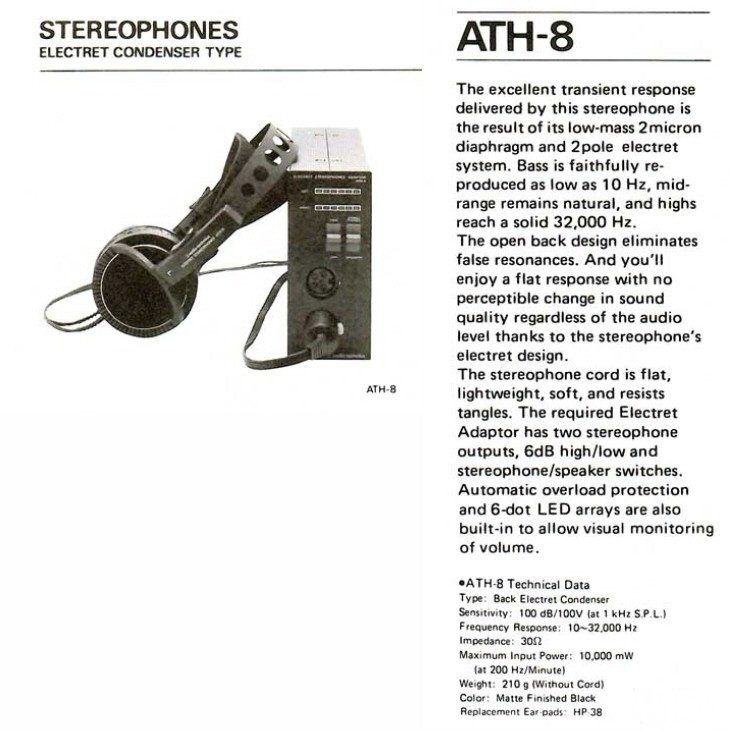

The 1996 Summer Olympics were held in Atlanta, Georgia, USA. Russia ranked second in the overall standings with 26 gold, 21 silver and 16 bronze medals. Of the athletes, Alexei Nemov showed himself better, taking six medals at once, of which two were gold, one silver and three bronze.
A moment of nostalgia is complete. And now what am I talking about: all the microphones and headphones for this event were produced by Audio-Technica. Since all the equipment worked perfectly, they chose it for the Olympics in Sydney in 2000. And in 2002 - in Salt Lake City. Moreover, Athens Olympic Broadcasting SA used microphones of the same company at the next Olympics.
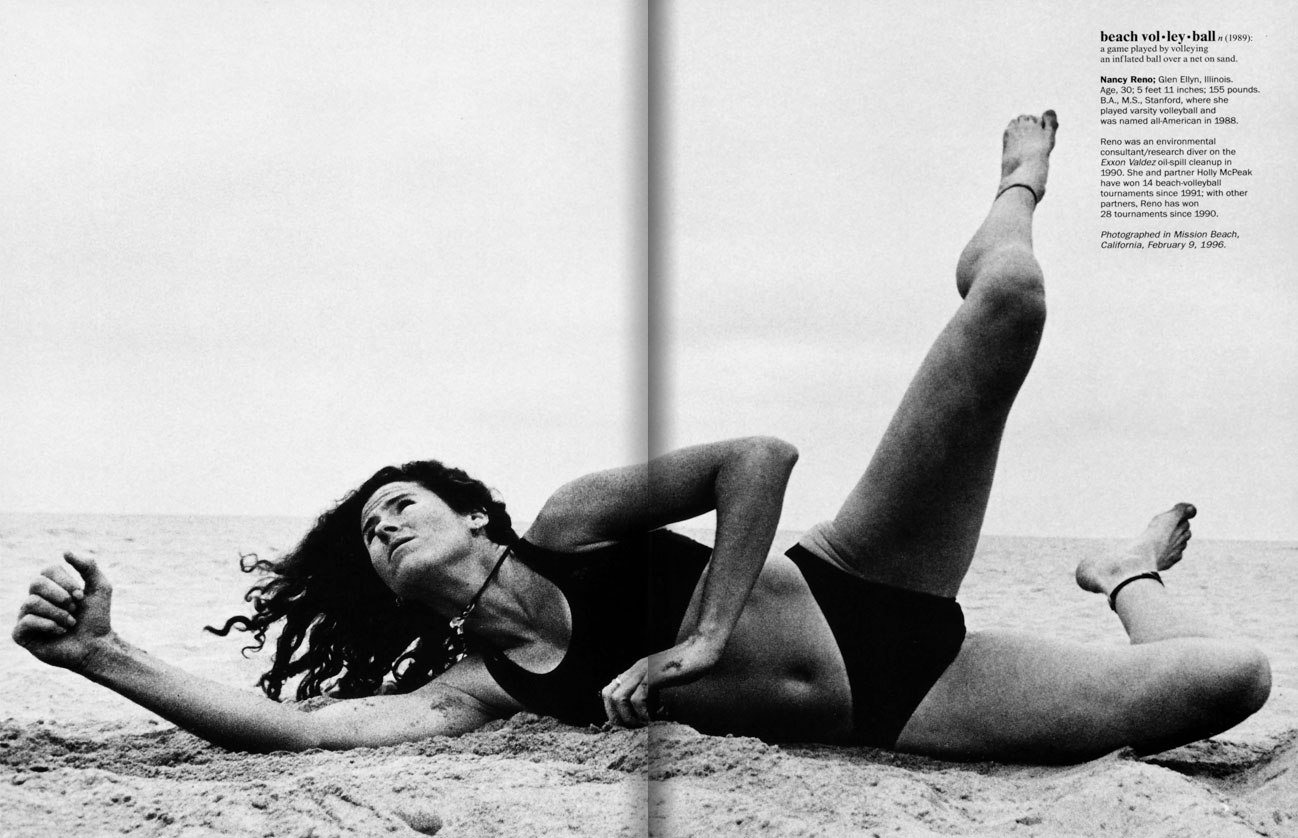
In 2007, Audio-Technica launched the QuietPoint® Noise-Cancelling Headphones line - active noise canceling headphones, while the ATH-ANC7b QuietPoint, which was released in 2009, immediately won the Innovations 2010 Design and Engineering Award.
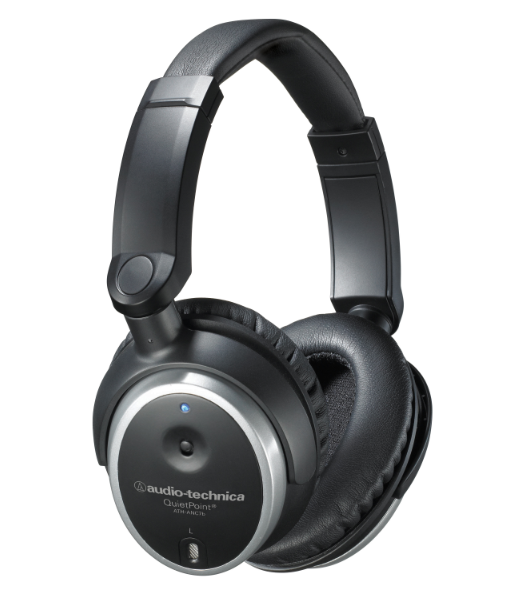
But do not forget that the main part of the company's production is professional equipment. Including, of course, intra-channel monitors. This image shows M3 wireless in-channel monitors released in 2008.
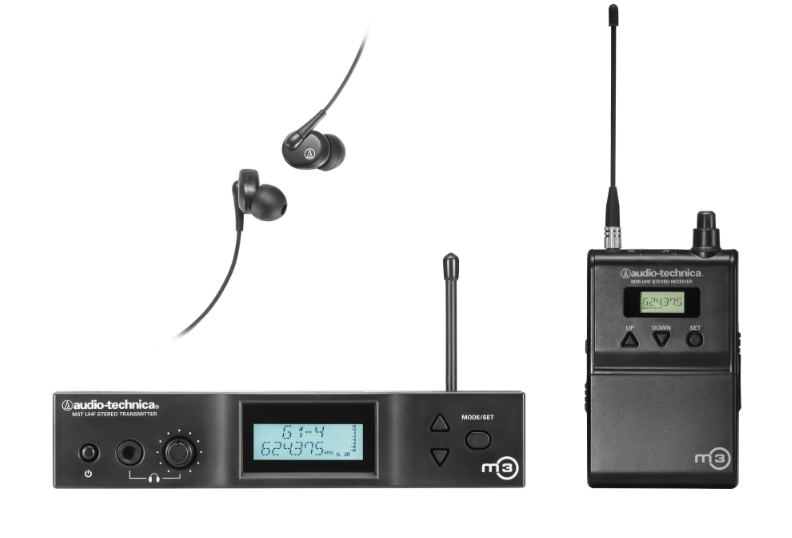
Audio-Technica ATH-ANC9 is one of the latest models of the company. Their frequency range is 10 Hz - 25 kHz, and the noise reduction level is up to 30 dB depending on the mode.
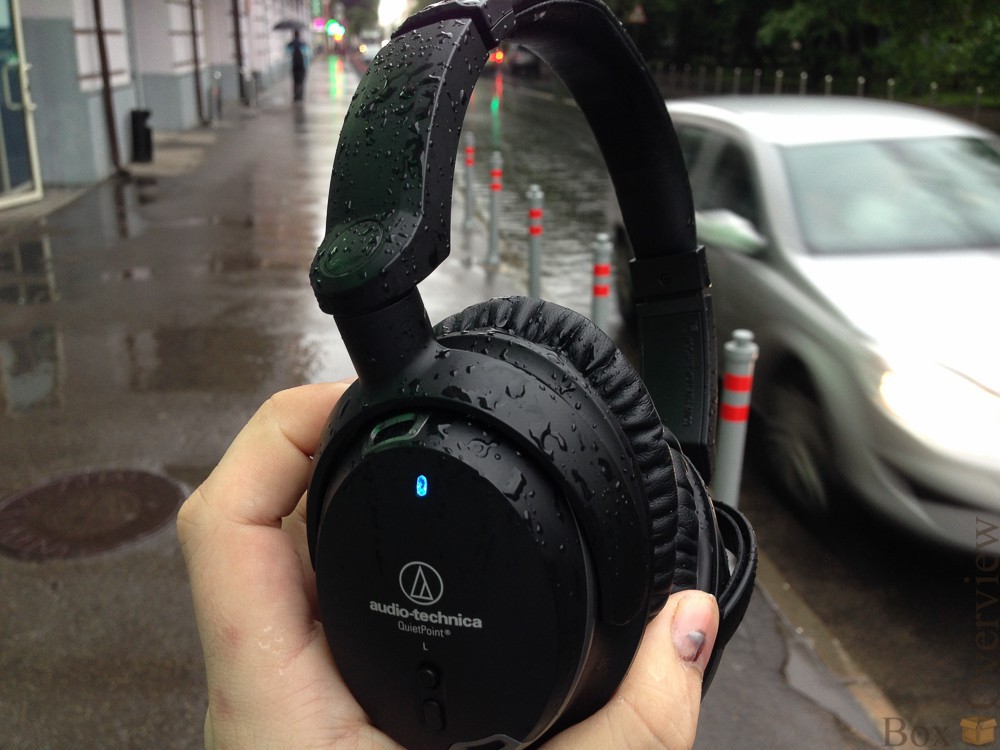
In 1978, Amar Bowes, the founder of Hi-end Audio Technology, was born with the idea of active noise reduction. The headphones on the plane did not allow to enjoy the music, as they did not drown out the crying of children and the noise of the engine.
The essence of active noise reduction is that the wave can be suppressed if you send a similar one in opposite direction. Bowes put this idea into practice first for the headsets of pilots, after which this system came into the life of music lovers.
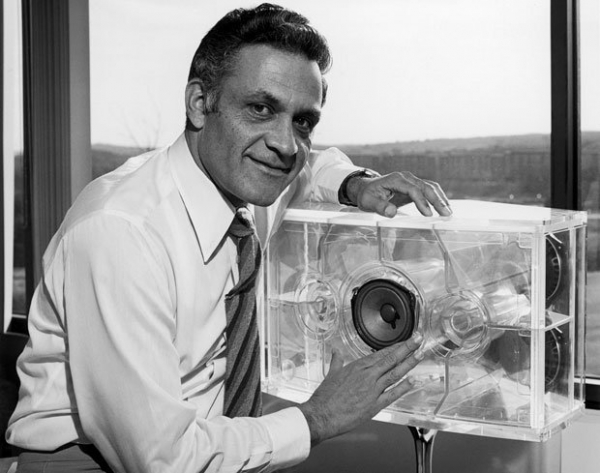
Surprisingly, Bowes was not the first: as far back as 1959, twenty years before Amar Bowes had the idea of ANC, Willard Micker developed headphones with protection against external sounds.
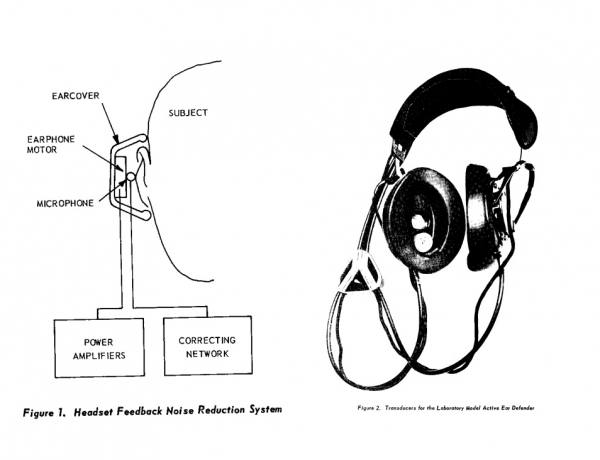
Now the system of active noise reduction is also used in cars.

Pilots constantly fly in Bose headphones. Like in Westone, for example.

In 2000, Bose launched the QuietComfort product line.
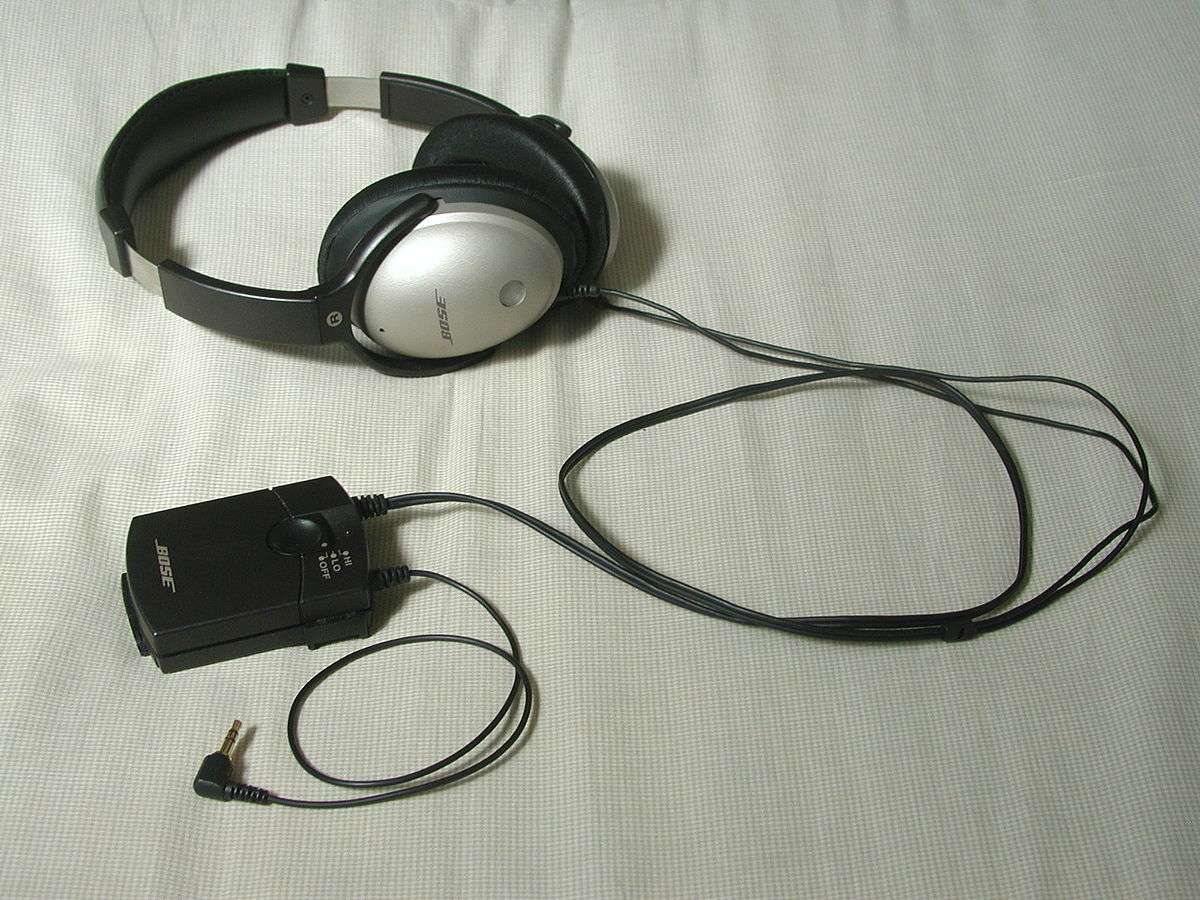
By 1979, headphones had already become part of the home environment of many people. However, Sony with its Walkman pulled out headphones on the street, allowing people to listen to their favorite music anytime, anywhere, without disturbing others. Then, however, the company had to conduct long negotiations with Pavel Andreas, who invented his Stereobelt in 1972. Andreas is now rumored to receive deductions from Walkman sales, and he also fished out more than $ 10 million from Sony about 13 years ago.
It is worth noting that the idea of Andreas to produce headphones was rejected by ITT, Grundig, Yamaha and Philips. They made such a jamb, being sure that no one would want to listen to music in public.
Sony Walkman TPS-L2 - the first model from the line. Outside of Japan, the player had other names.
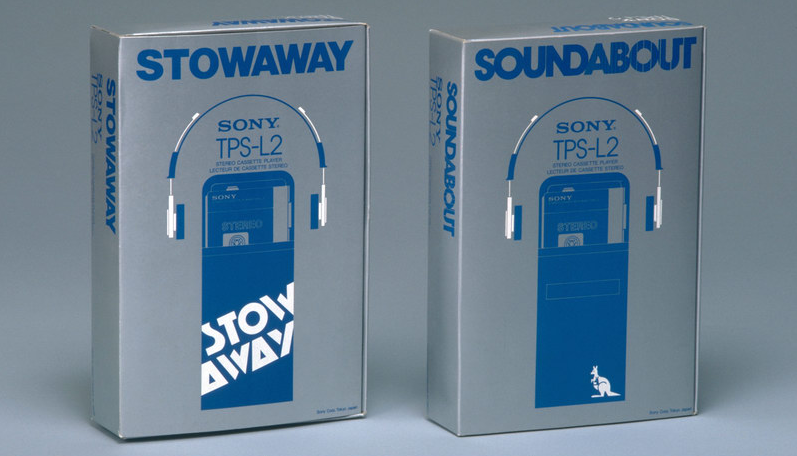
First Walkman commercial.
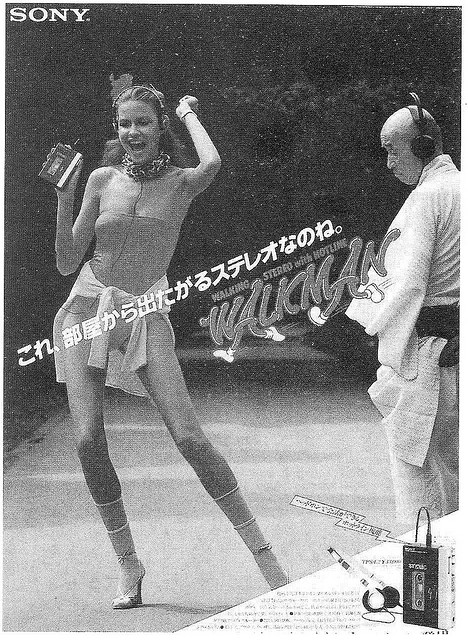
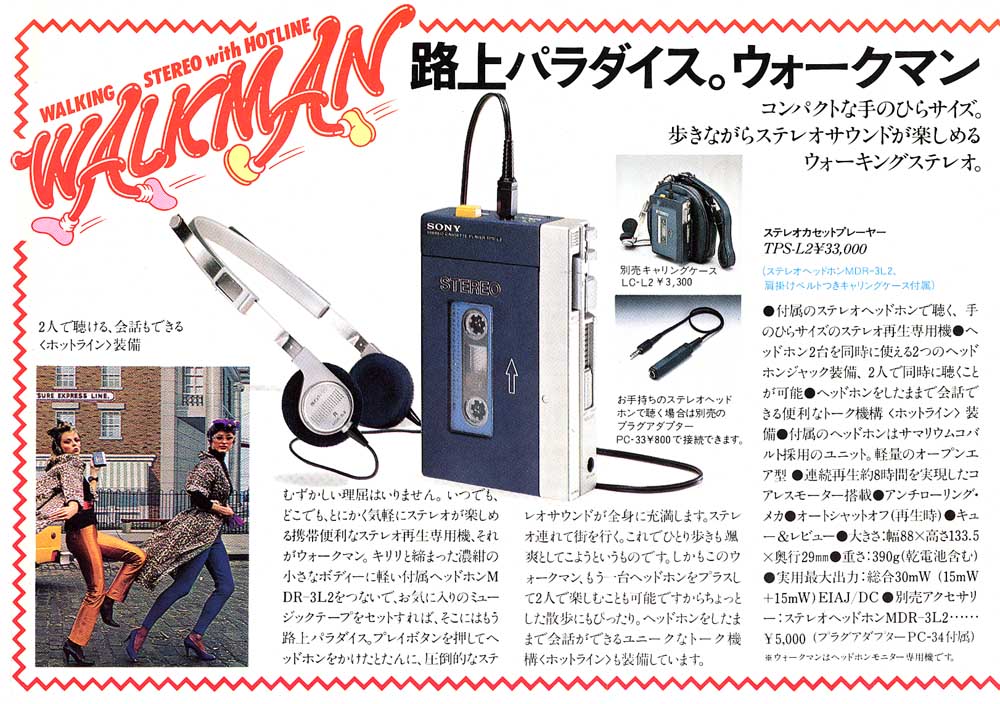
Included with the player were headphones MDR-3L2.
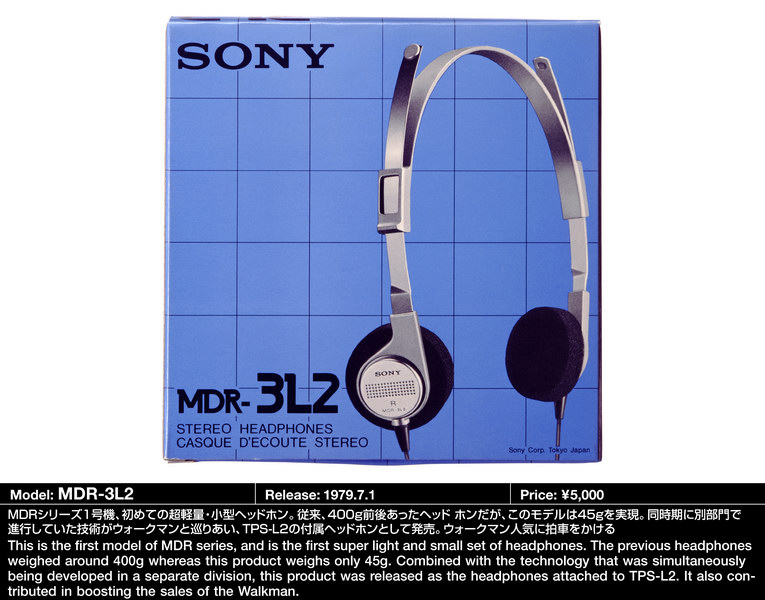
And in 1985, Westone joined the production of Sony headphones, making it really convenient to wear them using a special tab.
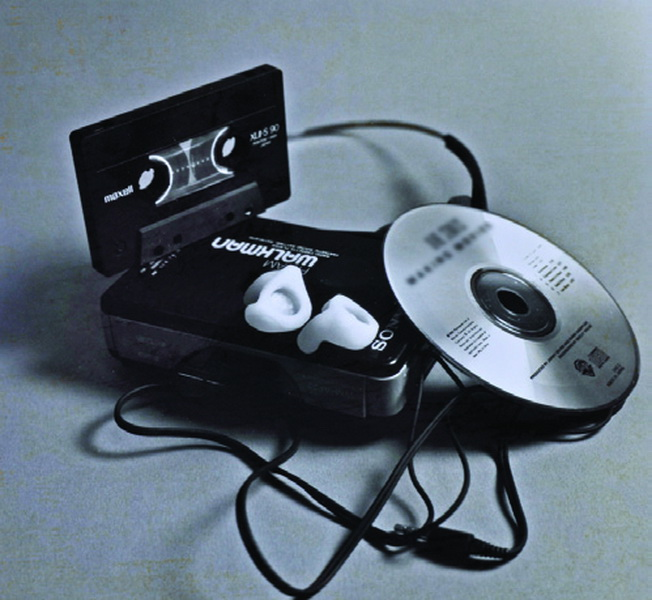
Such headphones were released by Sony in the 1980s.

Sony's new form factor is 1997.
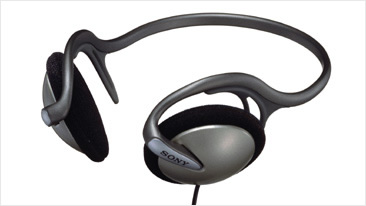
Full Version: Westone History
Westone appeared in 1959 and began with the production of products for people with hearing problems and for doctors who deal with these problems. Now Westone has a great variety in the list of products in this category - that is, the entire necessary range from hearing aids to models of the auricle for clinics.
But we are interested in something else: how did this company start producing headphones? It all started, probably in 1985, with the help of Sony in creating comfortable headphones with high-quality sound. A couple of years after this, Etymotic together with Westone developed monitors for musicians: the main thing is not to damage the hearing, such an important organ for a musician. Westone's experience in medicine has helped to cope with this task.
In 1990, Westone began using fixtures in headphones for musicians, and in 1996, along with Shure, they released universal in-channel monitors with balanced armature (i.e. armature).
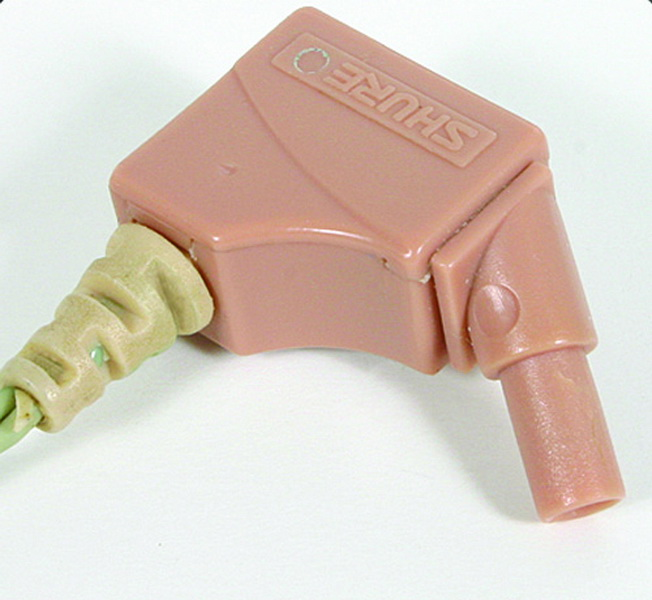
In 1995, the sound of the group, Van Halen, assembled two-driver headphones that can block noise and give a fairly high-quality sound. Realizing that many people like his monitors, he founded Ultimate Ears. And the company Westone helped refine these headphones and took up their production. In 1998, UE customers already included The Rolling Stones, Enrique Iglesias and Red Hot Chili Peppers.
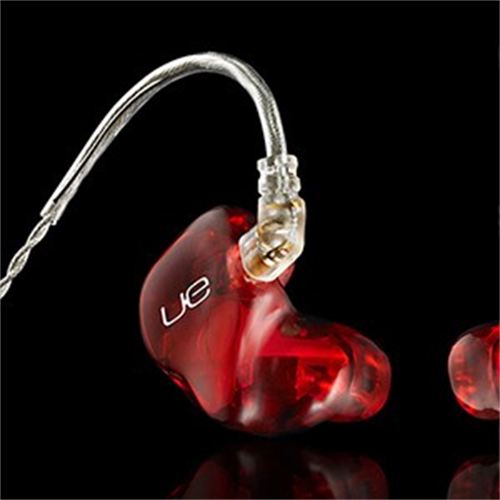
And only in 2002, the company produces headphones for mere mortals under its own brand. These are UM1, headphones with a balanced anchor and one emitter.
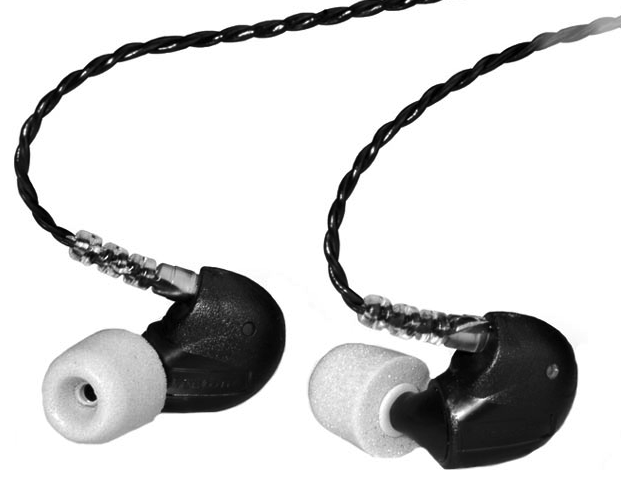
Now all the headphones have become available to the average user. One of the latest is the W60 with six emitters, presented at CES 2014. Their price corresponds to the level: there are no reinforcing bars cheap.
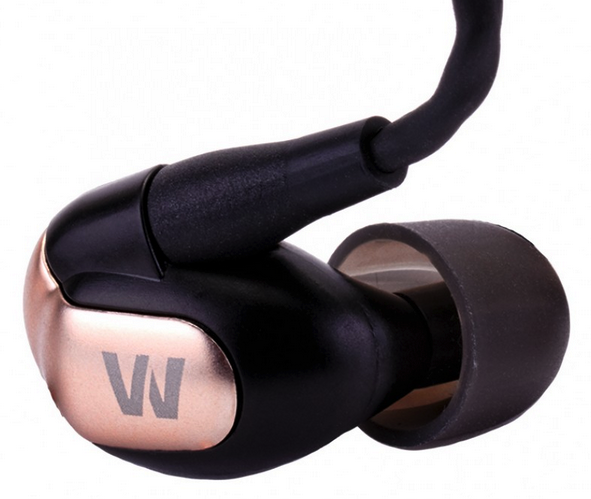
In 2001, Apple launched the first generation iPod. This line now consists of the iPod classic, iPod touch, iPod nano and Pod shuffle series. By 2007, about 110 million of these players were sold, and by 2012 - already 350 million. And with them - Apple Earpods.
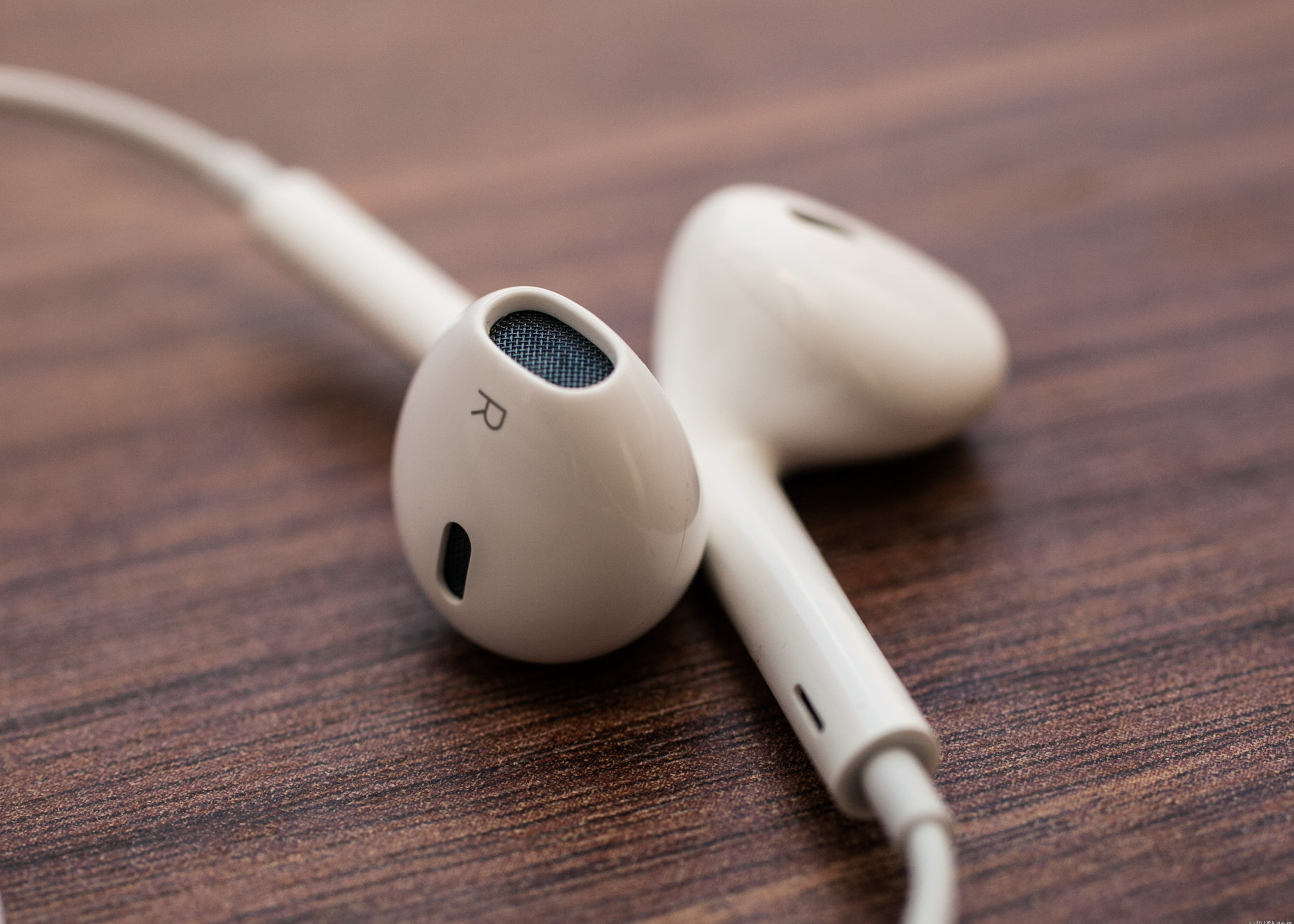
You won’t throw words out of the song, and no matter how, in my opinion, these headphones looked like and how popular it was to fake them left and right, here I will have to write something about the basis of Dr. Dre and Jimmy Iovine headphone companies.
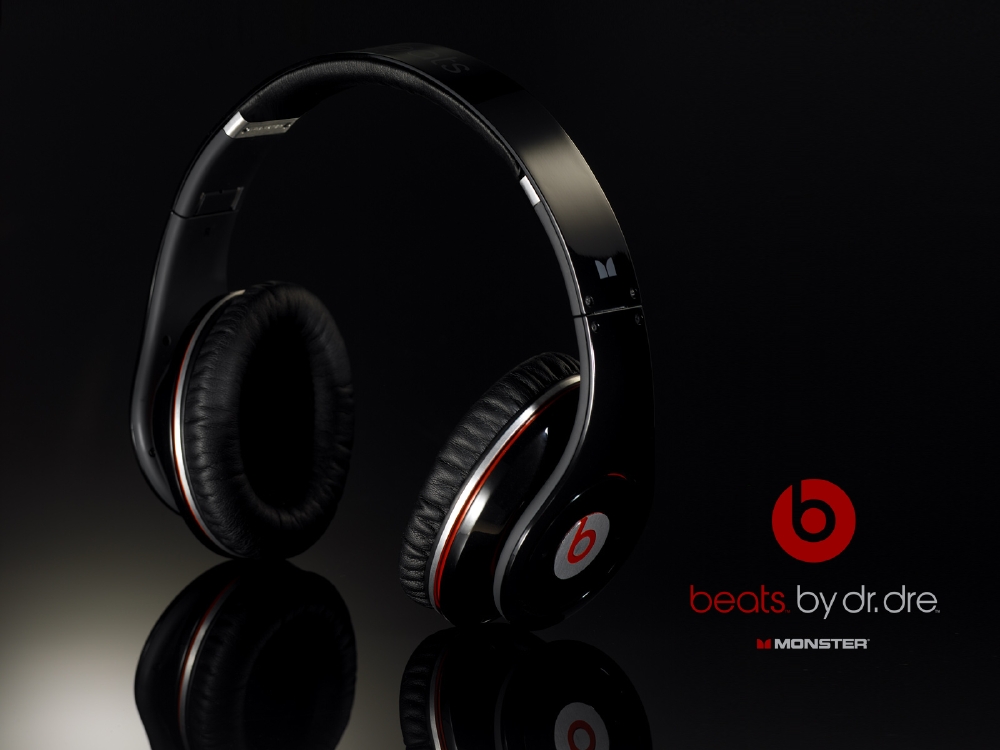
What other events and brands, in your opinion, formed the headphone market?
This is interesting:
Westone's
history The history of smartwatches The
history of heart rate monitors
In-ear headphones: all about them
Old ads for cell phones and smartphones (from the 1980s to the end of the 2000s)
Among sources:
Wiki
History of Headphones
The History of Headphones
Audio-Technica— Audio pioneer in high-performance sound design
Westone History
Birth certificate:
Koss headphones : from the couch to the legend
In-ear headphones: all about them
Today I want to talk about headphones. But not about the technical component, and not about who exactly and when they made them look like modern ones, but about how and why, in general, each of us now uses at least one headphone. I selected several milestones in the history associated with certain brands, which, in my opinion, had a special effect on our use of these devices.

Electrophone system
At the end of the century before last, there was such a service in Britain - listening to concerts and church chants by subscribing at home. The company installed a special device with four headphones for the client, which had to be held by the handle. The service cost 5 pounds a year, but for an extra pound you could add another earpiece. This system is more like a phone.
The service lasted from 1895 to 1926. By 1908, 600 subscribers were served, and broadcasts were from 30 theaters and churches.
It looked like a stand.

People enjoy listening to music.

Employees of the company, meanwhile, are working at such a remote control, switching users to the desired channels.

Microphones were installed in concert halls. In churches, they disguised themselves as bibles.

Service advertisement.

Baldwin and Type C
In 1910, Nathaniel Baldwin offered the United States Air Force his headphones. He had to wait a long time for an answer and even remind himself to be paid attention to - that is, to write to the armed forces again. For some reason, they did not like the idea of these headphones until they listened to them ... After that, Baldwin received an order from the Air Force and began to collect ears in the kitchen.

The popularity of radio and headphones
All kinds of phones in the form of hamburgers and players in the form of cans of Coca-Cola appeared, it seems, not so long ago. But no, back in the twenties of the last century there was such a radio with headphones, which was given to the biggest lovers of oatmeal. Yummy.
In general, hams at the beginning of the 20th century had detector receivers and headphones at home. They collected the receivers on their own.

So from the beginning of the last century, “ears” were no longer something supernatural even for ordinary inhabitants.
Beyerdynamic Dynamic Headphones
In 1937, Beyerdynamic launched the DT-48 Dynamic Headphones on the market. Today, this type of headphone is the most popular due to its availability. Most of the headphones on the market today belong to this type.

The company itself has existed since 1924 and is still engaged in the production of microphones and headphones.
It is worth saying that during a tour of Germany in 1966, the Beatles used exclusively Beyerdynamic E 1000 microphones.

AKG
In 1949, AKG launched its first K120 headphones. This company is one of the most prominent players in the professional musical equipment market. She began with five workers who manually assembled microphones for radio stations and jazz clubs.

Koss and domestication of headphones
However, for a long time, headphones were mainly used by telephone operators, airport operators, pilots and tankers. Well, kids and hams, as I said above. More massive this device has made the company Koss. Yes, and then by accident.
The spouses decided to invest 200 dollars for the wedding in the business, and in 1953 they began to rent televisions to patients in the hospital. The company was called JC Koss Hospital Television Rental Company. A little later, the company introduced a portable turntable. The kit included headphones that were used by pilots during World War II.
In 1958, it was all the headphones that interested everyone in the exhibition. And John Koss began to establish the production of this device.

The first model released under the KOSS brand is the SP-3.

In the 1960s, Koss became the undisputed leader in the headphone market. In addition, the company has become one of the leading suppliers of headphones for the US military - a circle has closed.

Beatlephones have become the dream of Beatles fans.


Porta Pro headphones appeared in stores in 1983. Surprisingly, they are still sold and popular.

Also in the eighties were released wireless headphones that work in the infrared spectrum.

Now the "crown" of the company's development is the KOSS ESP-950 model. Their range is from 8 to 35000 Hz. These are electrostatic headphones, and this type gives the least distortion of all types of sound emitters.

Stax and the first electrostatic headphones
Before Koss, Sennheiser, and other music industry giants began producing electrostatic headphones, Stax took up this. The electrostatic loudspeaker has undeniable advantages over other emitters: it is the simplicity of design and sound quality. This type gives the least distortion, as I mentioned above.
Stax SR-1 electrostatic headphones presented at an exhibition in Tokyo in 1959. The company calls them earspeakers, that is, "loudspeakers for the ears."

How does an electrostatic emitter work?

The device of this type of emitters.

Sennheiser warm tube electrostatic ear loudspeakers.

Audio-Technica and the Olympics
Audio-Technica was founded by a 42-year-old Japanese in 1962. The history of the company began with the production of phonograph pickups. The first two models, AT-1 and AT-3, began selling to manufacturers of audio equipment in Japan. A year later, the company moved a large room in the bol and increased production, starting sales of the AT-5, and in 1969 entered the world market with its pickups.

And in 1974, the company released the first series of dynamic head phones AT-700. Four years later, the ATH-8 and ATH-7 condenser headphones come out.


The 1996 Summer Olympics were held in Atlanta, Georgia, USA. Russia ranked second in the overall standings with 26 gold, 21 silver and 16 bronze medals. Of the athletes, Alexei Nemov showed himself better, taking six medals at once, of which two were gold, one silver and three bronze.
A moment of nostalgia is complete. And now what am I talking about: all the microphones and headphones for this event were produced by Audio-Technica. Since all the equipment worked perfectly, they chose it for the Olympics in Sydney in 2000. And in 2002 - in Salt Lake City. Moreover, Athens Olympic Broadcasting SA used microphones of the same company at the next Olympics.

In 2007, Audio-Technica launched the QuietPoint® Noise-Cancelling Headphones line - active noise canceling headphones, while the ATH-ANC7b QuietPoint, which was released in 2009, immediately won the Innovations 2010 Design and Engineering Award.

But do not forget that the main part of the company's production is professional equipment. Including, of course, intra-channel monitors. This image shows M3 wireless in-channel monitors released in 2008.

Audio-Technica ATH-ANC9 is one of the latest models of the company. Their frequency range is 10 Hz - 25 kHz, and the noise reduction level is up to 30 dB depending on the mode.

Bose and active noise reduction
In 1978, Amar Bowes, the founder of Hi-end Audio Technology, was born with the idea of active noise reduction. The headphones on the plane did not allow to enjoy the music, as they did not drown out the crying of children and the noise of the engine.
The essence of active noise reduction is that the wave can be suppressed if you send a similar one in opposite direction. Bowes put this idea into practice first for the headsets of pilots, after which this system came into the life of music lovers.

Surprisingly, Bowes was not the first: as far back as 1959, twenty years before Amar Bowes had the idea of ANC, Willard Micker developed headphones with protection against external sounds.

Now the system of active noise reduction is also used in cars.

Pilots constantly fly in Bose headphones. Like in Westone, for example.

In 2000, Bose launched the QuietComfort product line.

Sony Walkman and street music
By 1979, headphones had already become part of the home environment of many people. However, Sony with its Walkman pulled out headphones on the street, allowing people to listen to their favorite music anytime, anywhere, without disturbing others. Then, however, the company had to conduct long negotiations with Pavel Andreas, who invented his Stereobelt in 1972. Andreas is now rumored to receive deductions from Walkman sales, and he also fished out more than $ 10 million from Sony about 13 years ago.
It is worth noting that the idea of Andreas to produce headphones was rejected by ITT, Grundig, Yamaha and Philips. They made such a jamb, being sure that no one would want to listen to music in public.
Sony Walkman TPS-L2 - the first model from the line. Outside of Japan, the player had other names.

First Walkman commercial.


Included with the player were headphones MDR-3L2.

And in 1985, Westone joined the production of Sony headphones, making it really convenient to wear them using a special tab.

Such headphones were released by Sony in the 1980s.

Sony's new form factor is 1997.

Westone and monitors for professionals and audiophiles
Full Version: Westone History
Westone appeared in 1959 and began with the production of products for people with hearing problems and for doctors who deal with these problems. Now Westone has a great variety in the list of products in this category - that is, the entire necessary range from hearing aids to models of the auricle for clinics.
But we are interested in something else: how did this company start producing headphones? It all started, probably in 1985, with the help of Sony in creating comfortable headphones with high-quality sound. A couple of years after this, Etymotic together with Westone developed monitors for musicians: the main thing is not to damage the hearing, such an important organ for a musician. Westone's experience in medicine has helped to cope with this task.
In 1990, Westone began using fixtures in headphones for musicians, and in 1996, along with Shure, they released universal in-channel monitors with balanced armature (i.e. armature).

In 1995, the sound of the group, Van Halen, assembled two-driver headphones that can block noise and give a fairly high-quality sound. Realizing that many people like his monitors, he founded Ultimate Ears. And the company Westone helped refine these headphones and took up their production. In 1998, UE customers already included The Rolling Stones, Enrique Iglesias and Red Hot Chili Peppers.

And only in 2002, the company produces headphones for mere mortals under its own brand. These are UM1, headphones with a balanced anchor and one emitter.

Now all the headphones have become available to the average user. One of the latest is the W60 with six emitters, presented at CES 2014. Their price corresponds to the level: there are no reinforcing bars cheap.

iPod and earpods
In 2001, Apple launched the first generation iPod. This line now consists of the iPod classic, iPod touch, iPod nano and Pod shuffle series. By 2007, about 110 million of these players were sold, and by 2012 - already 350 million. And with them - Apple Earpods.

Monster beats
You won’t throw words out of the song, and no matter how, in my opinion, these headphones looked like and how popular it was to fake them left and right, here I will have to write something about the basis of Dr. Dre and Jimmy Iovine headphone companies.

What other events and brands, in your opinion, formed the headphone market?
This is interesting:
Westone's
history The history of smartwatches The
history of heart rate monitors
In-ear headphones: all about them
Old ads for cell phones and smartphones (from the 1980s to the end of the 2000s)
Among sources:
Wiki
History of Headphones
The History of Headphones
Audio-Technica— Audio pioneer in high-performance sound design
Westone History
Birth certificate:
Koss headphones : from the couch to the legend
In-ear headphones: all about them
Only registered users can participate in the survey. Please come in.
How many headphones do you have?
- 17.9% alone 370
- 37.7% Two pairs 778
- 36.8% Three to five pairs 759
- 2.9% More than six pairs of headphones 60
- 4.5% A couple of kilograms 94
